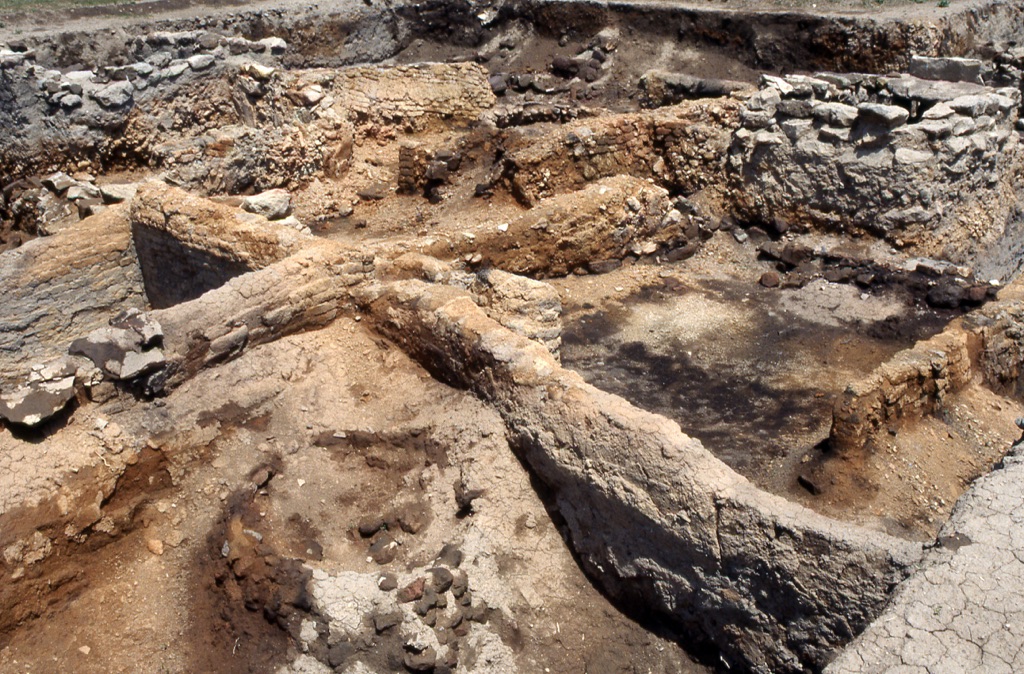Summary
Exploring the Historical Significance
Kültepe, known also as the ancient city of Kanesh, remains an invaluable link to the early ages of trade and writing. This remarkable archaeological site in Turkey gives us insights into the Assyrian trading colonies that thrived during the Bronze Age. Visitors and scholars alike delve into a rich tapestry of history that unveils the economic and cultural exchanges of the era. The excavations here brought to light thousands of clay tablets, etched with cuneiform script. These findings are crucial for understanding the social and commercial dealings of a society that existed over 4,000 years ago.
Get your dose of History via Email
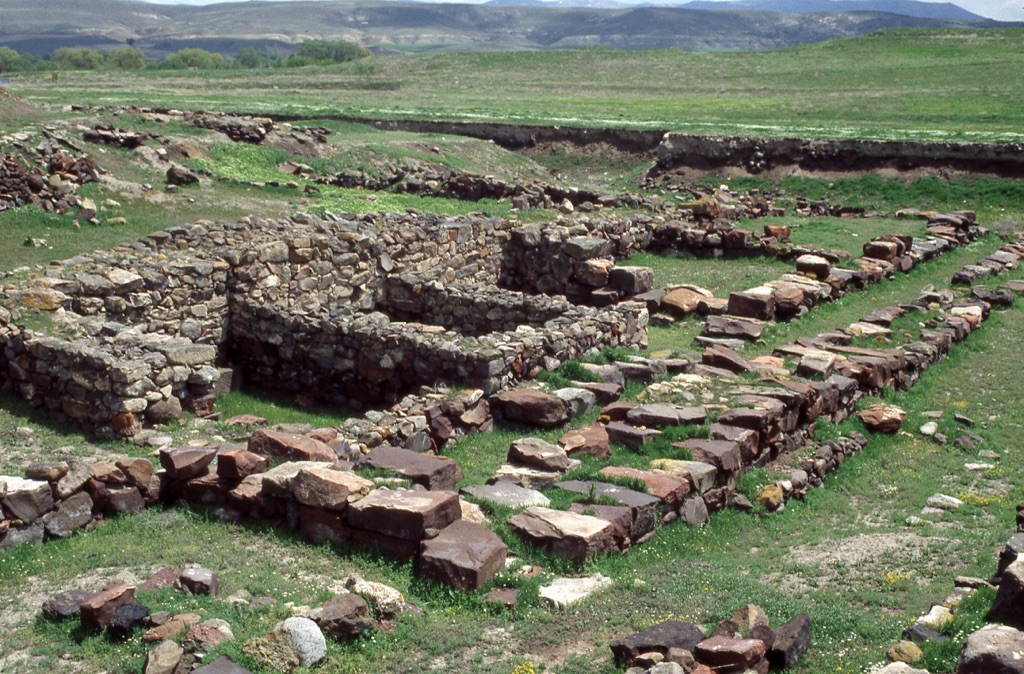
Unlocking the Secrets of the Past of Kültepe
At the heart of Kültepe lies the mound or “höyük,” the central point of past human occupation. Excavation work here peels back the layers of time, revealing structures that stood witness to millenniums of human activity. The remains of domestic buildings, temples, and even intricate water systems tell a story of life, religion, and domestic knowledge. These discoveries provide a vivid illustration of daily existence and spiritual beliefs. Kültepe’s unearthed artifacts, like the iconic ‘Cappadocian tablets’, are seminal to our understanding of ancient Near Eastern commerce and law.
Preservation and World Heritage
Today, Kültepe is not only a site of historical exploration but also a symbol of heritage preservation. It stands as a candidate for UNESCO’s World Heritage Site list, highlighting the global importance of safeguarding such significant snapshots of human history. Conservation efforts at the site ensure that future generations can access and learn from these remarkable legacies. Kültepe continues to inspire curiosity and respect for the profound ingenuity of our ancestors, with the dedicated work of preservationists ensuring the site’s endurance as a beacon of ancient history.
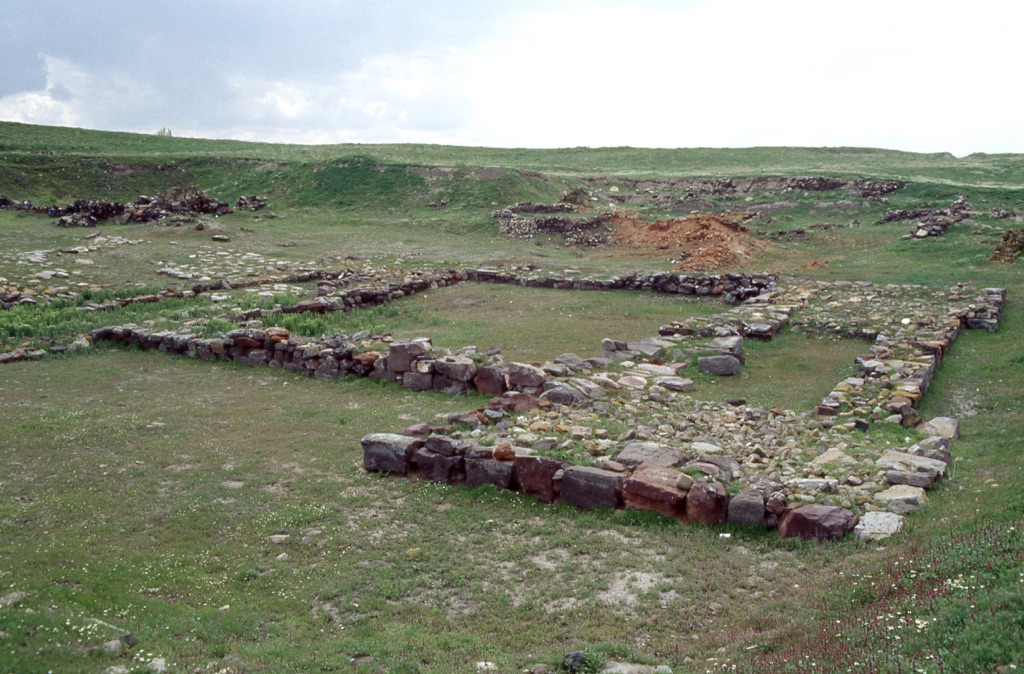
Historical Background of Kültepe
The Dawn of Civilization at Kültepe
Nestled in the rolling landscape of Central Anatolia, Kültepe has a history that stretches back thousands of years. It was once the bustling ancient city of Kanesh, a hub of culture and trade in the Bronze Age. This site is significant for its unique blend of local traditions and foreign influence, primarily from Assyrian merchants. These traders left their mark on the city with their language, customs, and commercial practices, contributing to a rich multicultural heritage that is now part of Kültepe’s fabric.
Decoding Ancient Records
One of the most striking contributions to our knowledge of the ancient Near East comes from Kültepe’s collection of cuneiform tablets. These clay documents, preserved for millennia, provide a detailed account of the commercial network operating between Anatolia and Assyria. Also, they shine a spotlight on the social and legal aspects of everyday life, including marriage contracts, trade agreements, and loan arrangements. The tablets are a testament to the sophistication of the time’s record-keeping and administrative skills.
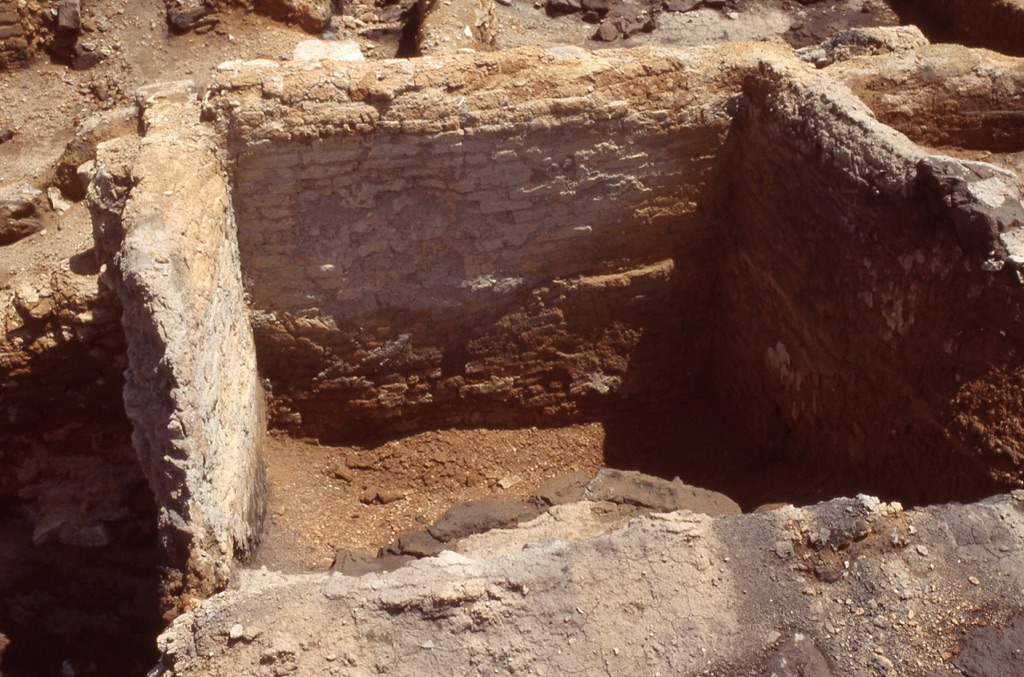
Kültepe’s Strategic Importance
Strategically positioned on key trade routes, Kültepe was a prime spot for exchange between civilizations. Its geographical location facilitated the flow of not only goods but also ideas and technologies across regions. Archaeological discoveries point to the site’s role in disseminating metallurgical innovations, such as the tin and copper trade, which were vital for the era’s bronze production. This economic clout turned Kültepe into a powerful city that influenced the dynamics of power and wealth throughout the region.
Beyond commerce, Kültepe was also a cultural crossroads. Craftsmanship flourished here, with artifacts unearthed that demonstrate a high level of artistic expression. These items, including pottery, textiles, and metalwork, reflect both local styles and the influence of distant lands. Through these cultural exchanges, Kültepe became a place where different peoples and traditions met, blended, and evolved together.
As a modern-day archaeological site, Kültepe continues to captivate researchers and visitors. Its ongoing excavations offer a glimpse into a bygone era, uncovering new layers of history year after year. The significance of Kültepe extends far beyond its physical ruins; it represents a chapter of human achievement and interaction that resonates through the ages. For those who seek to understand the intricate tapestry of ancient civilizations, Kültepe is an invaluable resource that keeps on giving.
The Discovery of Kültüpe
The Initial Unearthing
At the turn of the 20th century, a remarkable discovery surfaced near Kayseri in Turkey. Local villagers stumbled upon an impressive historical treasure: Kültepe, the site of ancient Kanesh. Archaeologists soon learned of these finds, which triggered a series of excavations that would unveil a breathtaking window into the past. Kültepe, which translates to ‘Ash Hill’, emerged as an archaeological gem, the first known city where written documents were discovered.
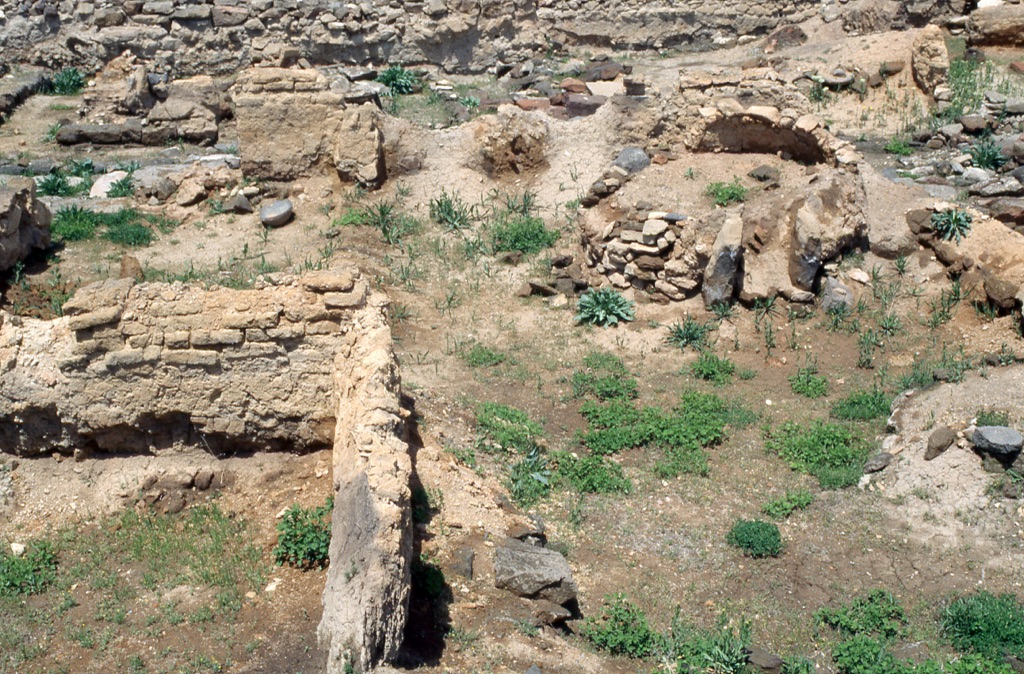
The Role of Archaeological Pioneers
Hugo Winckler, a renowned German archaeologist, played a key role in bringing Kültepe to the limelight. His early 20th-century excavations unearthed the depth of the site’s historical significance. It was under his guidance that the ancient Assyrian trade colony came into focus, revealing a rich repository of cuneiform tablets. These ancient records shifted the understanding of Assyrian presence in Anatolia and painted a vivid picture of Assyrian trade networks.
Deciphering Cuneiform Secrets
The real breakthrough in understanding Kültepe’s significance came with the deciphering of cuneiform. The script was etched into thousands of clay tablets, providing the earliest known records of Hittite language and Indo-European presence. This key decryption turned Kültepe into a foundational site for understanding the Bronze Age’s commercial and diplomatic relations and offered rare insights into the period’s laws, economies, and daily life.
Further excavations throughout the 20th century revealed that Kültepe’s history extended to even earlier civilizations. Excavation teams led by Turkish archaeologists such as Tahsin Özgüç continued to explore the site’s stratified layers. As they dug deeper into Kültepe’s mound, they traced the development of the city-state over several periods, each revealing its own unique cultural and historical contributions.
Today, Kültepe stands as an open book to the ancient world, offering more with each turn of the soil. Its continuous excavation reflects the dedication of the archaeological community to uncovering history’s secrets. Kültepe’s discovery, now more than a century old, continues to enrich our understanding of human civilization, a discovery that retains as much wonder now as it did when those first artifacts were found.
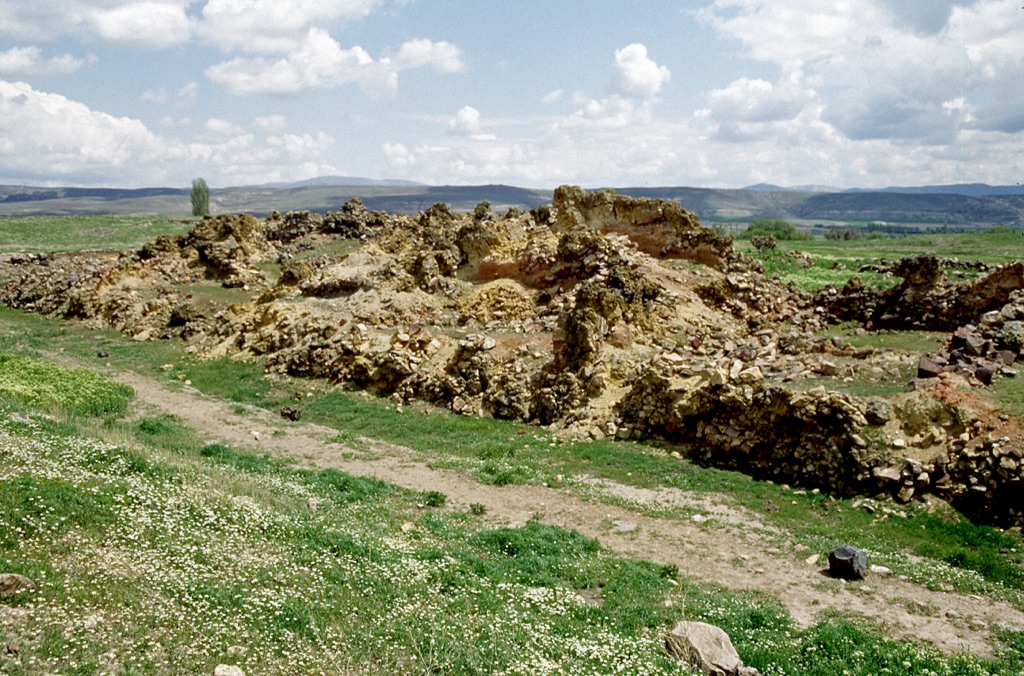
Cultural Significance, Dating methods, Theories and Interpretations
Cultural Impact of Kültepe
Kültepe, as the site of the ancient Anatolian city of Kanesh, sits at the crossroads of culture and history. It was a melting pot where Assyrian traders and local people created a unique blend of customs and traditions. The long-standing interaction between these diverse groups led to a rich cultural exchange, visible in the art, language, and rituals uncovered at the site. This historical intermingling had profound effects, shaping the region’s cultural evolution over centuries.
Unraveling Kültepe’s Timeline
Dating Kültepe’s layered past involves a mix of relative dating methods, such as stratigraphy, and absolute dating methods, like radiocarbon dating. By examining the layers of habitation and the objects within them, archaeologists can sequence the site’s history. Carbon dating of organic materials, like grains or wood, found alongside artifacts, provides a more precise age range. These methods combined have pinpointed the peak of Kültepe’s activity to the early to middle Bronze Age.
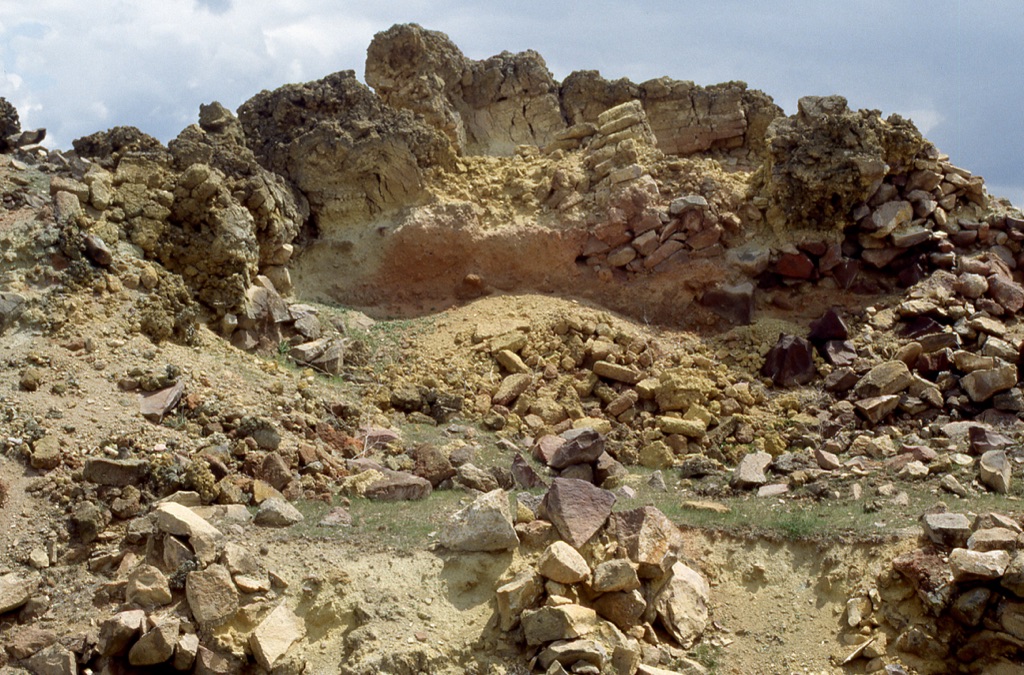
Theories Behind the Texts
While the discovery of Kültepe’s cuneiform tablets unlocked many historical doors, some narratives remain speculative. Scholars continue to debate the extent of Assyrian control over the colony. Some suggest it was an Assyrian stronghold, while others believe it was more of a trade outpost under local governance, with Assyrian presence limited to mercantile activities. These theories are pivotal for understanding regional power dynamics of the era.
Another area of ongoing study at Kültepe is the nature of the local religion and its interplay with Assyrian spiritual practices. The discovery of religious artifacts and temple ruins has spawned numerous interpretations of the religious life in ancient Kanesh. This includes the assimilation of Assyrian deities into a local pantheon or the coexistence of distinct cults within the same community.
The interpretations of daily life at Kültepe, derived from the physical layout of the city and its artifacts, also draw from a well of theories. These interpretations shape the image of Kültepe as a thriving Bronze Age community, complete with intricate social structures and trade networks. Each layer of the mound and every artifact pried from the soil contribute to a growing, complex understanding of this pivotal ancient city.
Conclusion and Sources
In summary, Kültüpe’s rich tapestry weaves together trade, culture, and history, presenting a microcosm of the ancient Near East. Through meticulous dating methods and ongoing interpretation of artifacts, Kültüpe offers profound insights into the human past. Its cultural significance as a point of contact between civilizations enriches our understanding of ancient societies. While some theories about Kültüpe are still shrouded in mystery, the site continues to be a beacon for scholars, unraveling the story of humanity piece by piece.
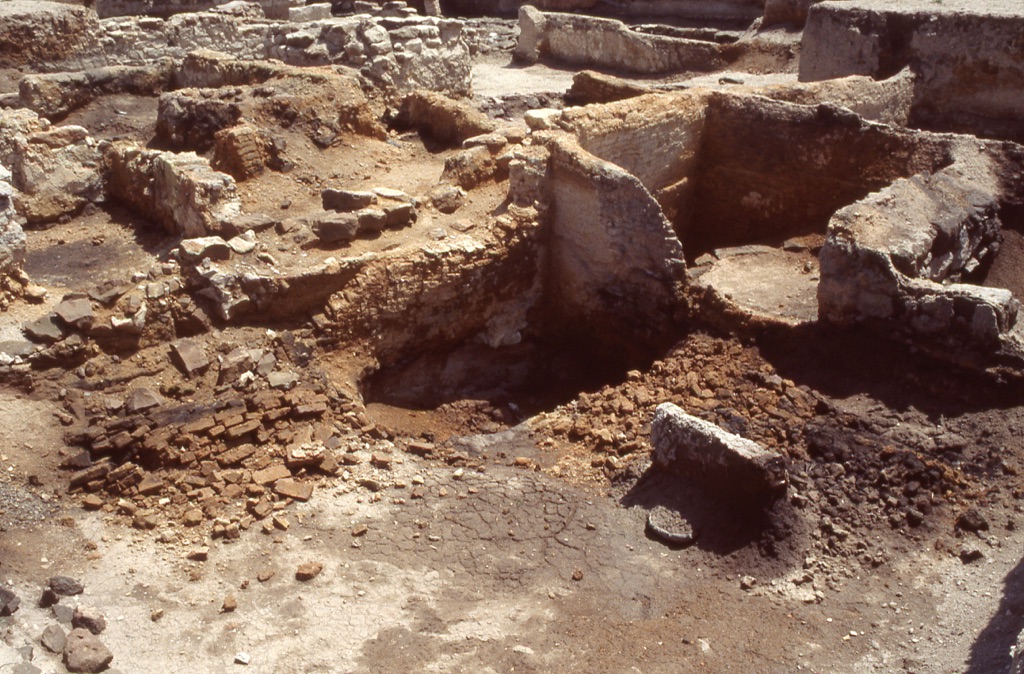
For further reading and to validate the information presented in this article, the following source is recommended:
Or you can check any of these reputable archaeological and historical texts:
Barjamovic, G. (2011). ‘A Historical Geography of Anatolia in the Old Assyrian Colony Period’, Copenhagen: Museum Tusculanum Press.
Dercksen, J. G. (2004). ‘The Old Assyrian Copper Trade in Anatolia’, Istanbul: Nederlands Historisch-Archaeologisch Instituut.
Larsen, M. T. (2015). ‘The Old Assyrian City-State and its Colonies’, Copenhagen: Det Kongelige Danske Videnskabernes Selskab.
Veenhof, K. R. (2003). ‘The Records of the Governor’s Office at Kaniš: The Cappadocian Tablets in the Old Assyrian Archives’, Istanbul: Nederlands Historisch-Archaeologisch Instituut.
Yener, K. A. (2010). ‘Domesticating the Mountains: The Transformation of the Anatolian Plateau and the Early Trans-Caucasian Interaction Sphere’, Oriental Institute Seminars, No. 7, Chicago: The Oriental Institute of the University of Chicago.

